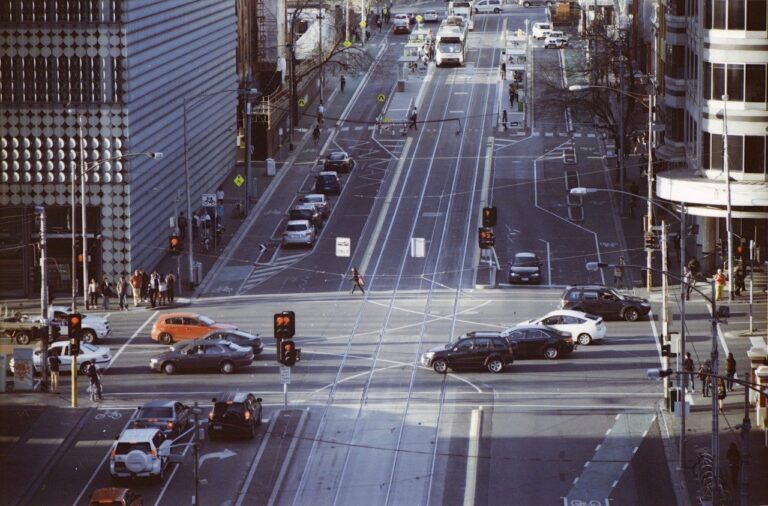Cutting-edge digital communication technologies allowing cars to intelligently interpret their surroundings and alert drivers to potential hazards could reduce vehicle crashes by up to 78%, new research from the University of Melbourne has revealed.
This research – funded by the iMOVE Cooperative Research Centre, University of Melbourne, the Department of Infrastructure, Transport, Regional Development and Communications, and ITS Australia with support from IAG, Intelematics and Transmax – has the potential to dramatically reduce trauma and the road toll.
The eight-month project involved a comprehensive analysis of Victorian traffic accident data from 2006-2019 and state-of-the-art traffic micro-simulation studies from within the Australian Integrated Multimodal Ecosystem (AIMES), and resulted in the publication of a white paper Connectivity in C-ITS Executive Summary & Findings
Researchers focused on understanding cooperative intelligent transport system (C-ITS) technologies that would help drivers in eight main ways including; lane guidance, curve speed, collision avoidance, do not pass and blind spot warnings, intersection movement and right turn assistance, plus pedestrian safety messages.
 Professor Majid Sarvi, lead of transport technologies at the University of Melbourne said: “Our analysis of Victorian Road Safety data shows that with eight significant connected safety focuses, we have the ability to reduce the incidence of crashes by up to 78% and make vehicle transport safer for all road users.”
Professor Majid Sarvi, lead of transport technologies at the University of Melbourne said: “Our analysis of Victorian Road Safety data shows that with eight significant connected safety focuses, we have the ability to reduce the incidence of crashes by up to 78% and make vehicle transport safer for all road users.”
Professor Sarvi’s team of researchers including Dr Neema Nassir and Dr Patricia Sauri Lavieri found that curve speed warnings could have the most significant impact in rural areas.
52% of all fatal accidents occurred in rural Victoria, compared to 37% of all fatal crashes occurring in urban reas of Melbourne. Motorcyclists stand to derive the most benefit from curve warnings, as curve speed was a factor in 17% of crashes involving motorbikes, data shows.
C-ITS vehicle adaptations include cameras, ultrasonic or wireless sensors, antennas, 3D HD mapping capabilities, GPS, and Lidar which is a light pulsing laser device to accurately measure distances.
Professor Sarvi suggested that some technologies would become standard in new cars off the production line, while older vehicles could be retrofitted with aftermarket hardware.
Traffic micro-simulation experiments were conducted in Melbourne’s arterial corridors within AIMES. Researchers concluded that if just 30% of all vehicles on the roads during peak hour were connected vehicles, traffic congestion could be driven down by up to 11%.
A separate network micro-simulation in Melbourne’s CBD during peak hour (pre-COVID-19) found that average travel speeds could improve by up to 10% if a fifth of cars were connected vehicles.
ITS Australia CEO Susan Harris said, “This research shows the vital importance of transport technologies in both reducing road trauma and improving our transport networks. Supporting the deployment of these road safety and efficiency technologies is a key issue for ITS Australia and our members.”
Read the research white paper and supporting research documentation here





